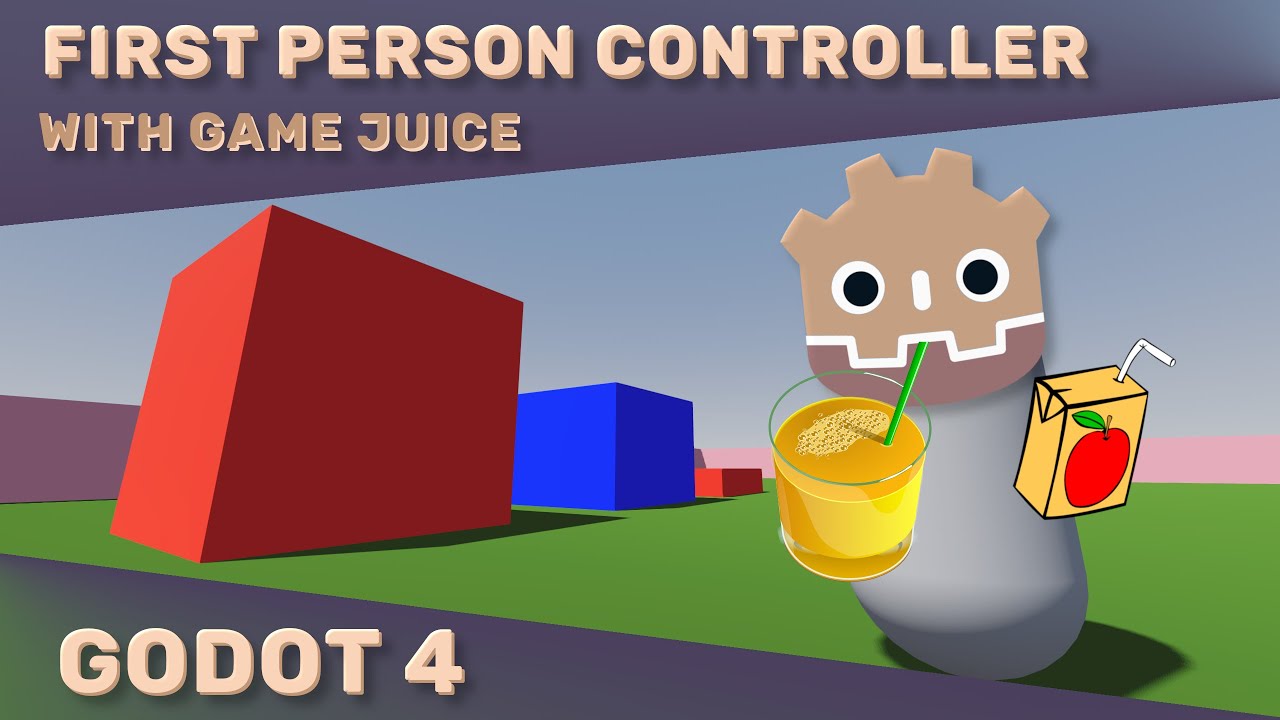Bushido Risen Sun Rules Video 2: Movement
Summary
TLDRThis instructional video delves into the movement mechanics of 'Bushido: Risen Sun', a tabletop game. It explains the basic rules for model movement, zones of control, and line of sight, which are crucial for strategic gameplay. The video also covers different movement actions like moving, walking, running, and charging towards an enemy. It emphasizes the importance of understanding these mechanics for effective gameplay and suggests referring to the rulebook for further details. The next video in the series will focus on ranged attacks.
Takeaways
- 🎮 This video focuses on the movement of models in the game Bushido, building on basic rules previously discussed.
- 📚 It's recommended to watch the previous video and read the rulebook for a deeper understanding of the game mechanics.
- 🚶♂️ Models move around the board to engage with enemies or complete objectives, with movement determined by their move statistics.
- 🚫 A model cannot pass through another model's base or move through impassible terrain during its movement.
- 📏 When measuring movement, ensure consistency by measuring to the same point on the model's base.
- 🔍 Changing a model's facing is considered movement, even if the model doesn't move from its spot.
- 🚫 A model's zone of control extends one inch from its base and restricts enemy models from entering during movement.
- 👬 Friendly models' zones of control are ignored for movement purposes.
- 🏃♂️ A model performing a run can move up to 1.5 times its move statistic in a straight line towards a chosen point, but cannot change its facing.
- 🏃♀️ A model performing a charge moves up to twice its move statistic directly towards an enemy model, stopping if it touches another enemy's zone of control.
- 🔍 Line of sight is crucial for determining movement paths and will be covered in more detail in the next video.
Q & A
What is the main focus of the video?
-The video focuses on explaining how to move models on the board in the game Bushido, including basic rules, zones of control, and line of sight.
Why is it recommended to watch the previous video before this one?
-The previous video covers basic rules of the game which are necessary to understand the content in this video, as some of the mechanics discussed here build on those rules.
What is a model's movement distance determined by?
-A model's movement distance is determined by the model's move statistics seen on its profile card.
What are the restrictions on a model's movement?
-A model cannot pass through another model's base or move through impassible terrain. Additionally, it must consider zones of control and line of sight.
What is the purpose of measuring movement to the same point on the model's base?
-Measuring movement to the same point ensures that the model moves the correct distance, maintaining consistency in gameplay.
What is considered movement in Bushido?
-Changing the model's facing, even if it remains in the same place, is considered movement in Bushido.
What is a model's zone of control?
-A model's zone of control extends one inch from the edge of its base to any point within its line of sight, typically 90 degrees to either side of the center of the front of its base.
Why can't a model usually enter the zone of control of an enemy during movement?
-A model cannot usually enter an enemy's zone of control to prevent easy access to or interference with enemy models during movement.
What are the movement options for a model making a move action?
-A model making a move action can move up to the given distance along any path, subject to the restrictions for the action or the ability, and may change its facing at the end of the movement.
How does a model perform a run in Bushido?
-A model performing a run chooses a point within its line of sight and moves in a straight line directly towards that point, allowing it to move up to 1.5 times its move statistic.
What happens when a model charges an enemy model?
-A model that charges targets an enemy model and moves up to twice its move statistic in a direct line towards that model, following specific rules regarding zones of control and movement paths.
How is placing a model different from moving it?
-Placing a model is not considered movement; it involves picking up the model and placing it in a new permitted location, ignoring zones of control and terrain for this placement.
What is the next topic to be covered in the series of videos?
-The next video will focus on ranged attacks and how to execute them in Bushido.
Outlines

This section is available to paid users only. Please upgrade to access this part.
Upgrade NowMindmap

This section is available to paid users only. Please upgrade to access this part.
Upgrade NowKeywords

This section is available to paid users only. Please upgrade to access this part.
Upgrade NowHighlights

This section is available to paid users only. Please upgrade to access this part.
Upgrade NowTranscripts

This section is available to paid users only. Please upgrade to access this part.
Upgrade Now5.0 / 5 (0 votes)





